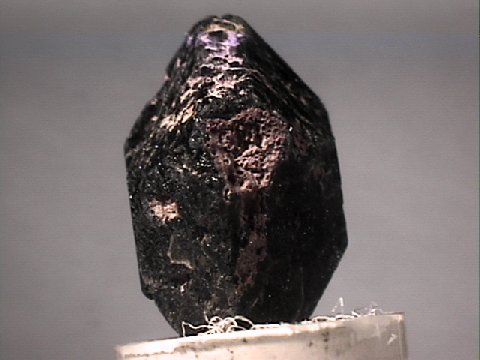 The Mineral AUGITE
The Mineral AUGITE
- Chemistry: (Ca, Na)(Mg, Fe, Al)(Al, Si)2 O6, Calcium Sodium Magnesium Iron Aluminum Silicate.
- Class: Silicates
- Subclass: Inosilicates
- Group: Pyroxenes
- Uses: only as mineral specimens.
Specimens
Mineral specimens of augite, while ordinarily unattractive and not very interesting, can have some specimens that are very striking in appearance and are of interest to many mineral collectors. Its name is derived from the greek word augites which means "brightness" in allusion to its relatively high luster that is seen on some exceptional specimens.
PHYSICAL CHARACTERISTICS:
- Color is dark green, brown and black
- Luster is vitreous to submetallic and even dull.
- Transparency crystals are transparent to mostly translucent or opaque.
- Crystal System is monoclinic; 2/m
- Crystal Habits include short prismatic, rarely tabular crystals. The square cross section is distinctive in the prismatic crystals. Also compact, granular, columnar, lamellar and fibrous(rare).
- Cleavage is perfect in two lengthwise directions at close to right angles.
- Fracture is uneven.
- Hardness is 5 - 6
- Specific Gravity is approximately 3.2 - 3.6 (slightly above average)
- Streak is greenish white.
- Other Characteristics: The basal parting is prominent.
- Associated Minerals are olivine, biotite, nepheline, albite, apatite, serpentine, leucite and hornblende.
- Notable Occurrences include Grand Co, Colorado, St. Lawrence Co., New York and Tillamook, Oregon, USA; Eifel, Germany; Mt. Vesuvius, Italy; France and the Bohemian regions of Europe.
- Best Field Indicators are crystal habit, associations, color, parting and cleavage.





